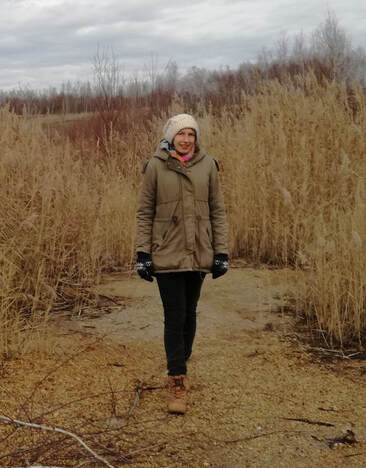|
Ilona Lipp (Lead editor):
0 Comments
By Valentina Borghesani, Elvisha Dhamala, Niall Duncan, Marie-Eve Hoeppli, and Michele Veldsman, on behalf of the SEA-SIG
This month, OHBM announced the formation of a new Special Interest Group that will tackle sustainability and environmental issues around brain imaging. Here, we talk with the Sustainability & Environment Action (SEA) SIG Chair Charlotte Rae to hear more about what the new SIG will seek to achieve. By: Rosanna Olsen, Amanpreet Badhwar, Valentina Borghesani, Lee Jollans, Hajer Nakua, Laura Marzetti, Nils Muhlert, Pradeep Reddy Raamana, Tilak Ratnanather, and Lucina Uddin on behalf of the OHBM Diversity & Inclusivity Committee
In June 2020, OHBM made a statement condemning the murders of George Floyd, Breonna Taylor, and Ahmaud Arbery as well as ongoing actions of police brutality against Black Americans and underrepresented minorities around the world. During the conversations surrounding these events, there was a public recognition of the lack of support for Black and minority communities. We realized that at OHBM we have not done enough to support underrepresented minorities in science, and that we need to take concrete actions to make our organization a welcome and safe environment that educates and supports each and every member of our group. |
BLOG HOME
Archives
January 2024
|

 RSS Feed
RSS Feed